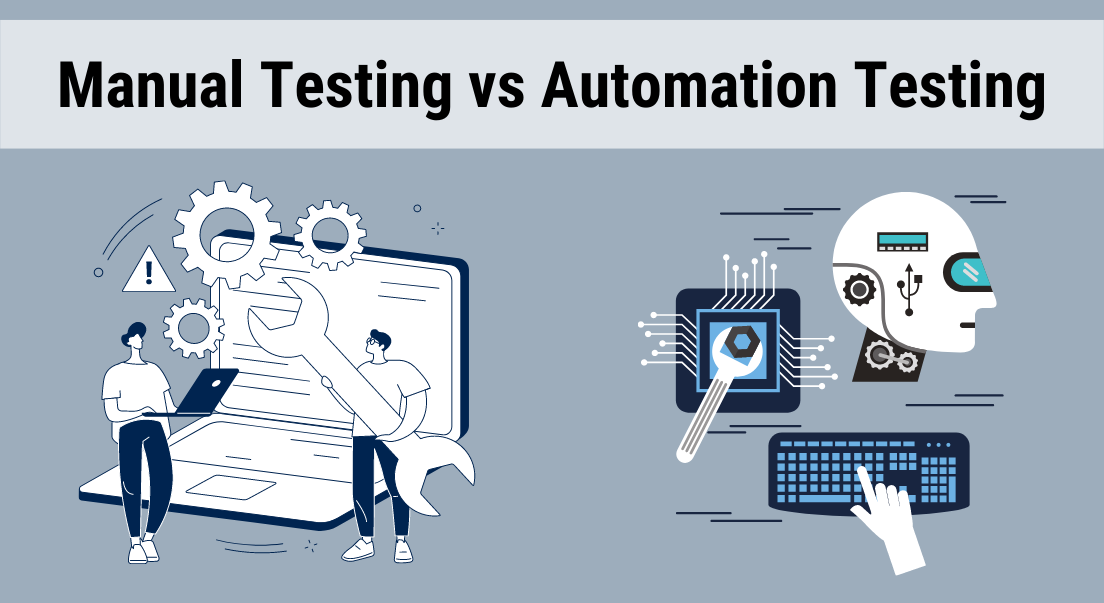Making Certain Success in Automation Evaluating: Trick Metrics, Challenges, and Solutions Every QA Group Should Know
In the realm of software program top quality guarantee, the landscape of automation screening is ever-evolving, requiring a careful method to guarantee seamless operations. The trip to understanding automation screening is paved with nuances that require an eager eye for surveillance, analysis, and continuous improvement. As the industry moves ahead, the quest for optimal performance in automation screening continues to be a consistent quest, urging QA teams to outfit themselves with the expertise and approaches necessary for victory.
Significance of Key Metrics
Understanding the relevance of vital metrics is crucial for reviewing the performance and effectiveness of automation screening processes. Key metrics function as quantifiable procedures that offer beneficial understandings into numerous aspects of the screening process, such as examination protection, examination execution time, defect density, and examination situation performance. By examining these metrics, QA teams can determine bottlenecks, inadequacies, and areas for renovation within their automation testing structure.
One essential facet of essential metrics is their capacity to track progress and keep an eye on the overall health and wellness of the screening process (automation testing). They make it possible for stakeholders to make informed choices based on data-driven understandings, which can lead to a lot more efficient screening methods and better source allocation. In addition, essential metrics can aid teams established realistic goals, gauge the success of automation initiatives, and demonstrate the ROI of automation screening initiatives

Typical Difficulties Dealt With
Challenges typically experienced in automation testing processes can dramatically impact the overall efficiency and efficiency of QA teams. Automation testing may not cover all elements of testing, such as functionality and individual experience screening, which still need hand-operated treatment. Getting over these obstacles calls for proper preparation, strategic examination instance option, durable upkeep processes, sufficient resources, and a clear understanding of the restrictions of automation testing.
Effective Solutions for Challenges
To address the barriers run into in automation screening, executing effective solutions is crucial for boosting the effectiveness and productivity of QA teams. One vital option is to purchase durable training programs for QA groups to ensure they have the necessary abilities to efficiently utilize automation devices. Training can connect knowledge voids, enhance understanding of automation structures, and improve scripting capabilities, inevitably resulting in more reliable test production and execution.
Another crucial service is to develop clear communication channels within the QA group and with other stakeholders, such as developers and task managers. Reliable communication aids in aligning assumptions, sharing development updates, and quickly addressing problems or obstructions that might occur throughout the automation screening process.

Monitoring and Evaluation Strategies
Carrying out effective surveillance and evaluation methods is crucial for making sure the success and effectiveness of automation screening processes. Additionally, assessing test results and metrics provides important understandings into the high quality of the software program being tested and the efficiency of the screening approach.
One key method in surveillance and analysis is the usage of control panels that settle relevant metrics and KPIs in a visually easily accessible format. These dashboards provide a detailed review of test execution condition, examination insurance coverage, issue trends, and other vital info. Consistently reviewing and evaluating these dashboards can assist QA groups make notified choices, focus on jobs, and enhance screening initiatives.
In click to read addition, applying automated alerts and notifications based on predefined thresholds can enhance proactive monitoring and timely intervention. By establishing notifies for performance discrepancies or test failures, groups can resolve concerns without delay and prevent them from rising. Overall, surveillance and evaluation strategies play an essential duty in ensuring the effectiveness and success of automation screening efforts.
Constant Improvement Strategies
Enhancing the efficacy of automation screening procedures requires the consistent improvement of approaches and methods. Continuous improvement approaches are essential for QA teams to adjust to progressing innovations and deliver high-quality software program items. One essential strategy to boosting automation testing processes is to conduct normal evaluations and retrospectives. By examining past testing cycles, groups can determine bottlenecks, inadequacies, and areas for enhancement. Carrying out feedback loopholes and incorporating lessons found out into future screening frameworks can produce significant enhancements over time.

Final Thought
To conclude, it is crucial for QA teams to recognize the key metrics, difficulties, and options in automation screening to i was reading this make certain success. By carefully keeping an eye on and assessing data, applying reliable solutions to common challenges, and continuously boosting techniques, QA teams can enhance their testing procedures and deliver high-quality software. Sticking to these methods will inevitably lead to much more reliable and reliable automation testing practices.
By evaluating these metrics, QA teams can recognize traffic jams, ineffectiveness, and areas for enhancement within their automation testing framework.
Additionally, essential metrics can help this groups established practical goals, gauge the success of automation efforts, and demonstrate the ROI of automation testing initiatives.
Obstacles commonly experienced in automation testing processes can substantially influence the overall performance and performance of QA teams. Automation testing may not cover all facets of testing, such as use and individual experience screening, which still call for manual intervention.In conclusion, it is important for QA groups to comprehend the vital metrics, obstacles, and remedies in automation screening to make certain success.